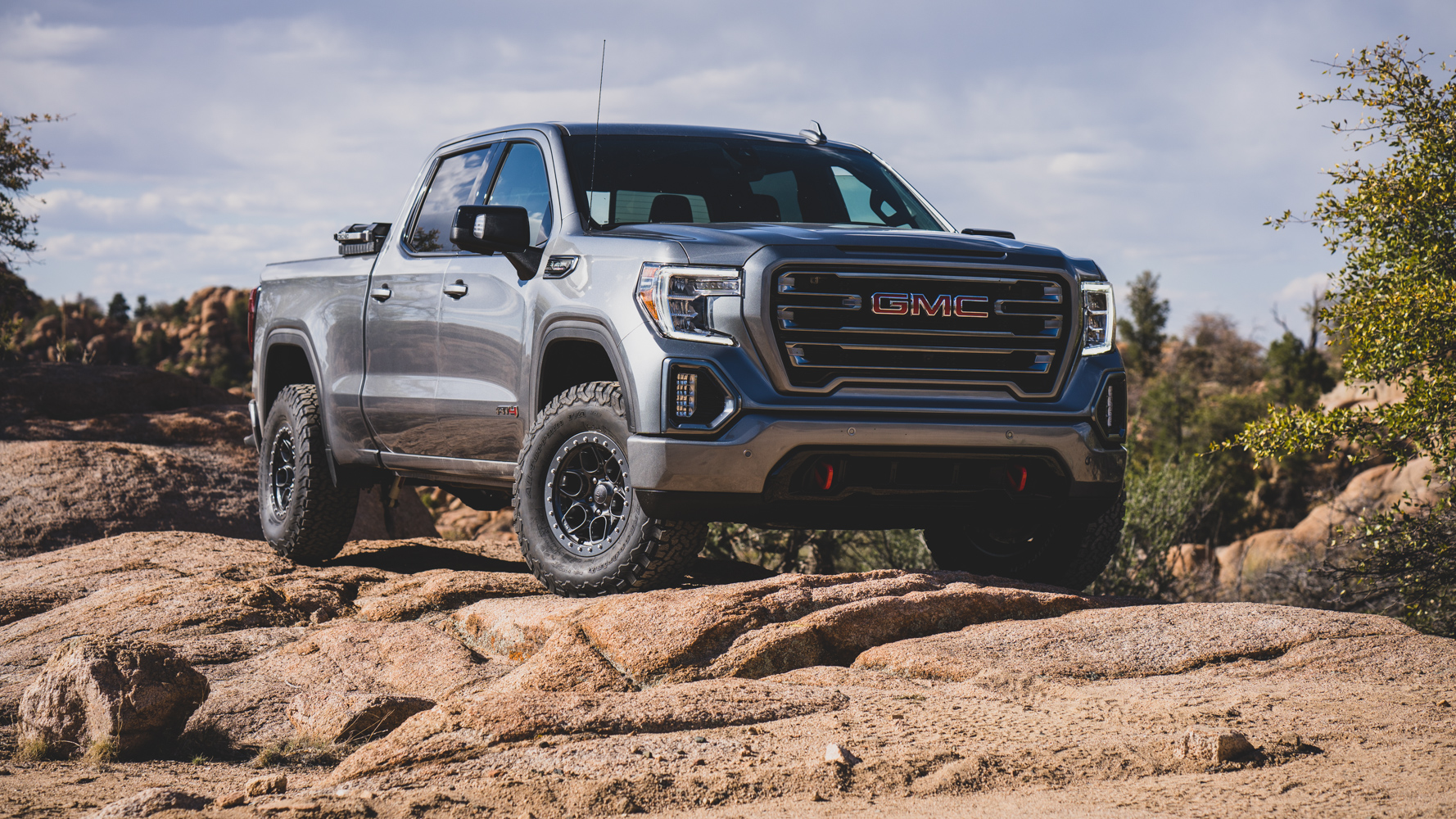There is no question that full-size trucks are becoming the new vehicle of choice for North American overland travel, offering robust payload and towing capabilities. Most of the reason for this shift is the generally anemic mid-sized offerings, some providing less payload than a sedan. The full-size truck also affords notable improvements in durability, with stronger frames, larger drivetrain components, and more effective cooling. All of these benefits aside, the modern full-size is also well-appointed and refreshingly comfortable for the long-distance traveler. We recognize the downsides, too, with the vehicles being wider and longer, complicating some trail access.
With all the growth and interest in bigger trucks, they are on our editorial radar, and we decided to add a half-ton as our next project vehicle. With all the half-ton options, our goal was to find a diesel, one with good baseline off-road capability. This led us to the GMC AT4 with the new 3.0-liter Duramax and 10-speed automatic. The engine is a wonder in the segment, with 460 pound-feet of torque and 277 horsepower. The performance is immediately notable, but it was the fuel mileage that shocked us, easily achieving 30 mpg on the highway. Our average tank with the new 34-inch tires has been 21.2 mpg, which is beyond expectations.
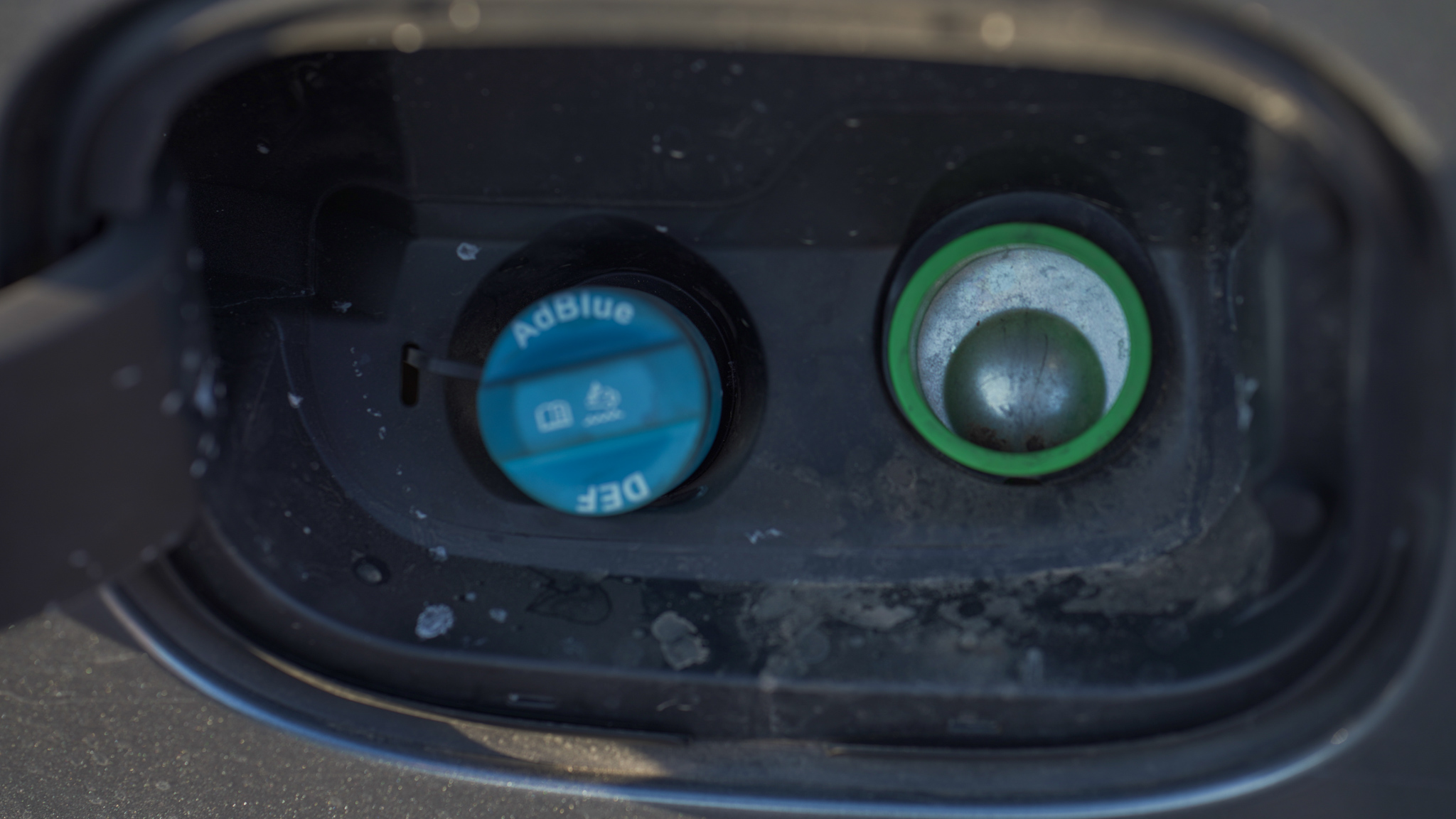
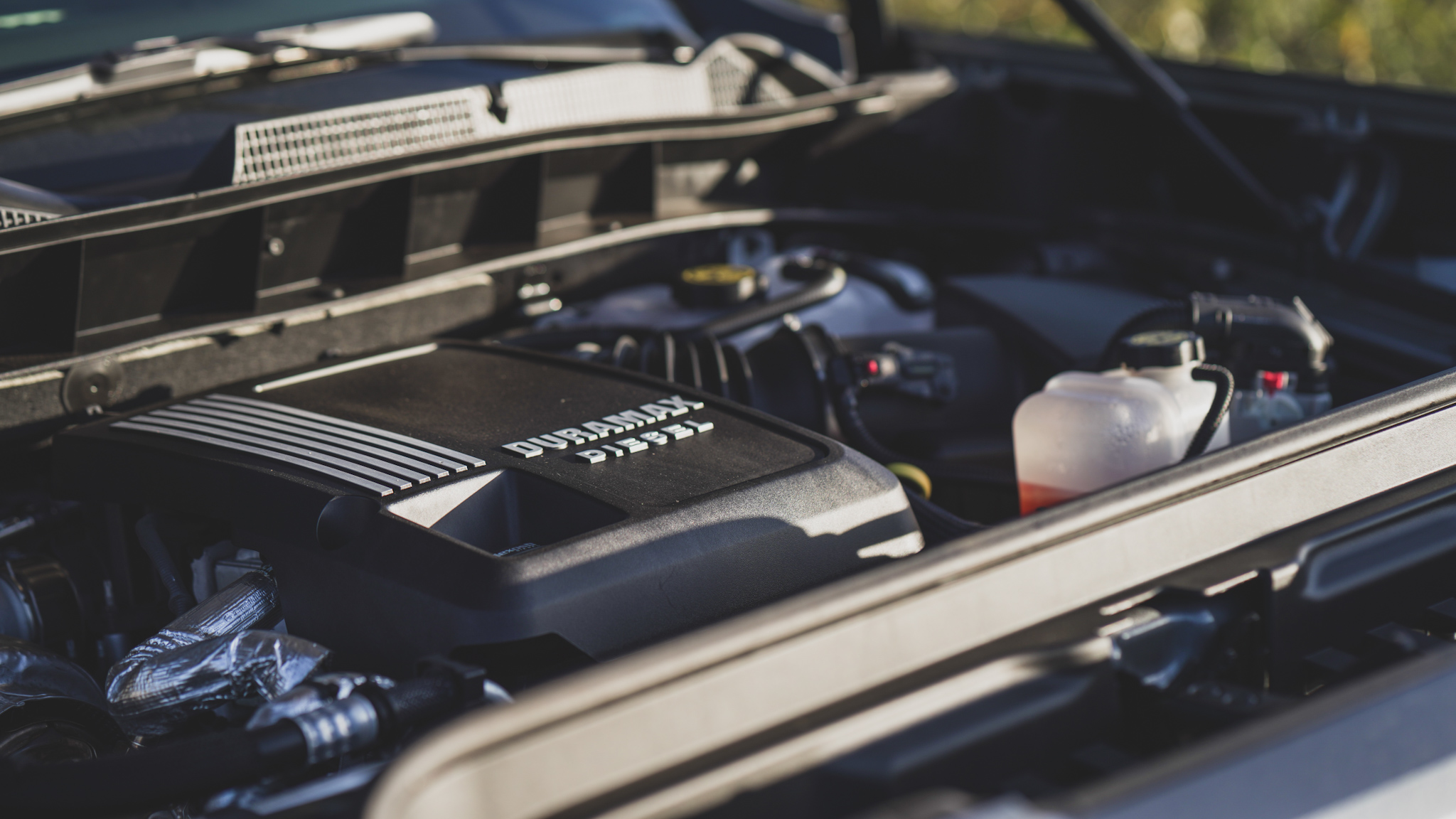
The 3.0-liter diesel is a total gem, yielding excellent economy and drivability. The diesel fill needs a cap to prevent dust ingress (when filling).
We also wanted good trail performance, which is why the AT4 package was selected, providing a 2-inch factory lift and Rancho shocks, along with a mechanical locking rear differential and additional skid plates. I will admit to being slightly intimidated by the size of the vehicle on the trail. I spent the first few test drives moving a few feet at a time on our test track, getting out to look at all the clearances. To my surprise, even our full test track was not an issue, and I had clearance to spare. I specified the longest model available to accommodate a Scout Camper, so that put the wheelbase at 157 inches. That is long, and I do notice it on switchbacks and during breakover events. Rock sliders will be on the short list to protect all that handsome sheet metal.
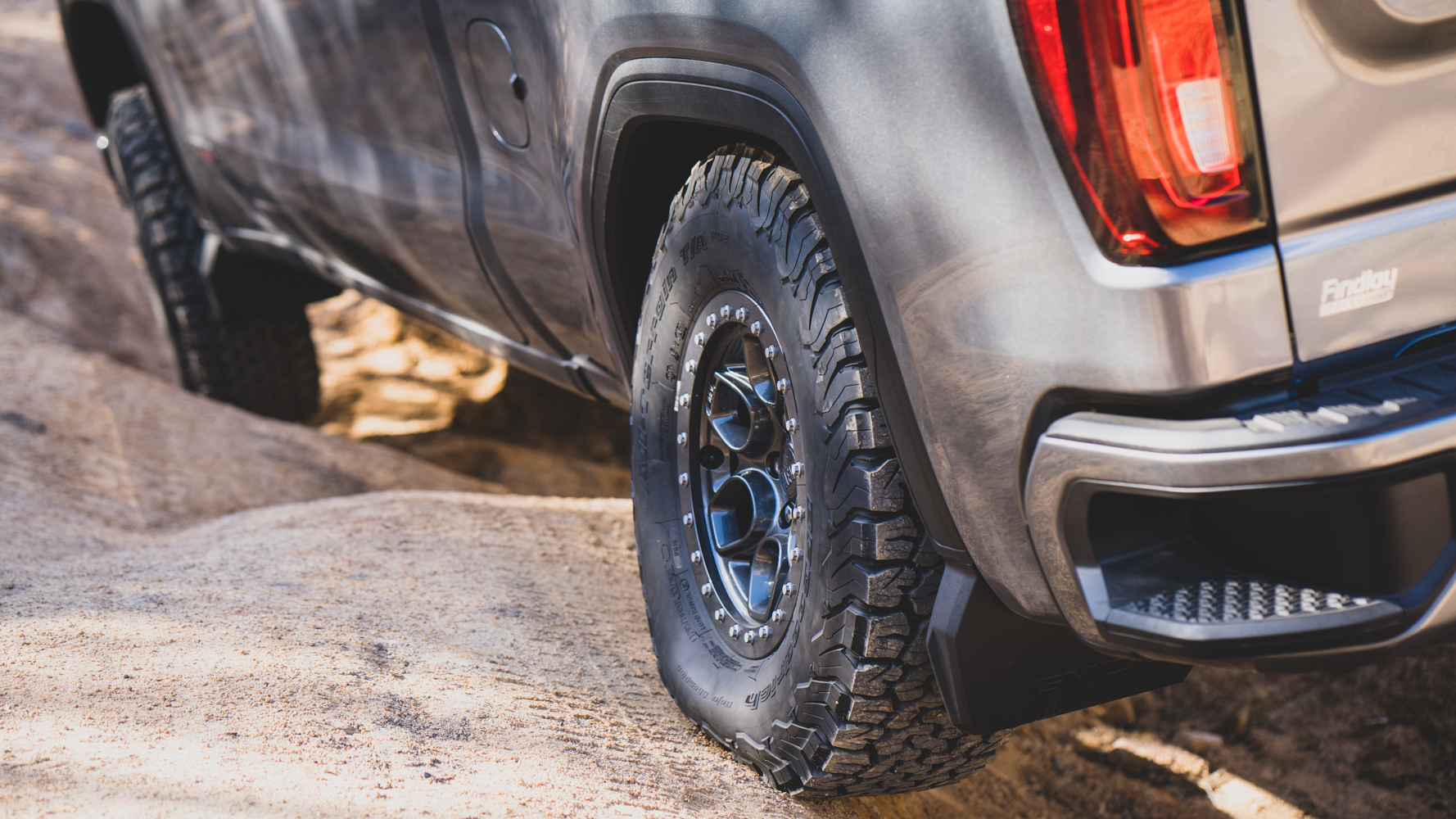
The rear locker does work as advertised but takes some getting used to with how it engages (sometimes suddenly). I did find that left-foot braking helps dampen the locking action, but the combination of locker and traction control is more than sufficient for even technical terrain. The locker combined with the new BFGoodrich AT KO2 tires on true headlock wheels from AEV makes for impressive traction on the trail. I also found the technology package helpful, with multiple camera angles and the heads-up display being supportive to operating a full-size truck in tight situations.

Even pulling a 19-foot off-road trailer was no problem with the diesel motor and stability of the full-size AT4.
Planned Modifications for Phase One
While the AT4 is impressive in stock form, it wouldn’t be a proper project vehicle without some modifications and personalization. The goal for Phase One is to employ the minimal changes required to install a Scout Kenai camper and provide support systems for remote backcountry travel. I also wanted to improve suspension performance and increase ground clearance during this phase.
The AT4 has a maximum payload of 2,200 pounds (distributed), which is more than sufficient to carry the weight of the new Scout Kenai model, but I have found the stock Rancho shock valving to be too light for my needs. We plan to install new front coil-overs and rear shocks (we have not decided on which brand yet), along with the Timbren replacement bump stops. I was so impressed with the Timbrens on the Lexus GX470 project that they became one of the first considerations for the AT4. These new jounces are both taller and progressive, which should help manage larger suspension events with the camper installed. The goal with the suspension is only to add about 30 mm of lift and address the firmer damping needs with an overland load.

For wheels, I took a gamble and did a test fit of the AEV Crestor Beadlock wheels from a Toyota application (5.5 x 6), and they fit! These wheels are one of the best bead lock options on the market for overall performance and ease of balancing (they are livable on a daily driver). The stock Duratracs are great tires (one of my favorite factory fitments), but I wanted a tread pattern more suitable to desert environments and lots of road miles. For that, I installed 295/70R17 BFGoodrich KO3 all-terrains. The wider section width helps with flotation, and they are a full inch taller than stock, providing an additional half-inch of clearance under the differential. In future phases, we may install a taller and narrower tire, but trimming will be required.
Planned Overland Modifications
One of the great advantages of the full-size is space, which includes bed volume to install a large off-road camper. I wanted to install a durable, comfortable hard-sided camper and decided on the brand new Scout Kenai. It is an eight-foot camper model that fits in our 80-inch bed with a small amount hanging aft (but still within the rear bumper limit). The camper is intentionally minimalistic, which is what I wanted. There is no complex wiring or plumbing anywhere in the camper, but it does have a provision for showering (using a Nemo shower or similar), and I plan to install a composting toilet. The Kenai is a proper composite four-season enclosure, nothing more—perfect.
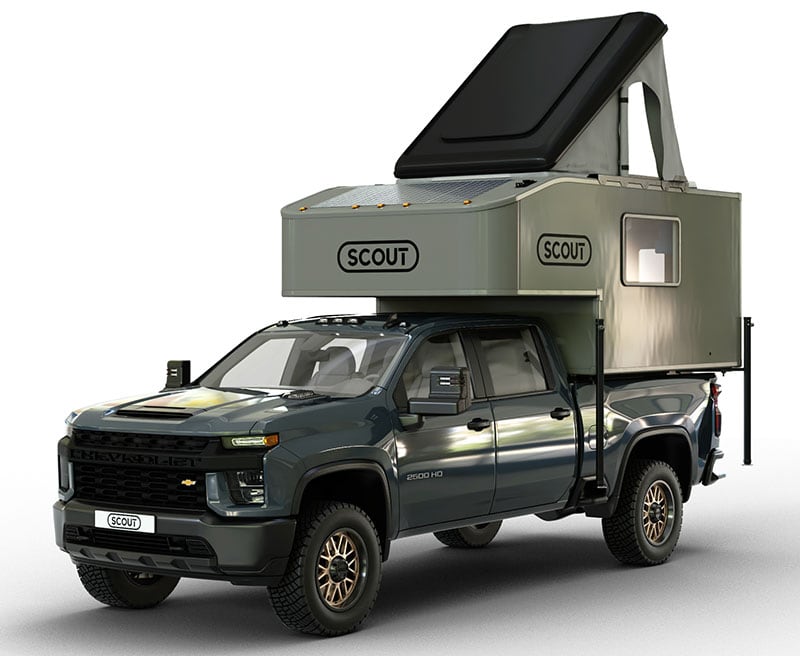
Additional modifications for Phase One will be minimal, as I want to genuinely determine what is lacking before adding any more weight. I will likely remove the rear seats to gain back some payload and install a flat load floor with Mac’s Custom Tiedowns lashing rails, etc. The goal is to move some of the heavier items like additional water and the fridge farther forward in the vehicle and have a place to lash tools and recovery equipment down low.
I would like to address rocker panel protection with a full-length rock slider, but there are none currently available (fabrication is in order), and I am waiting patiently for a bumper with some radiator protection and the provision to mount a 12-volt winch.
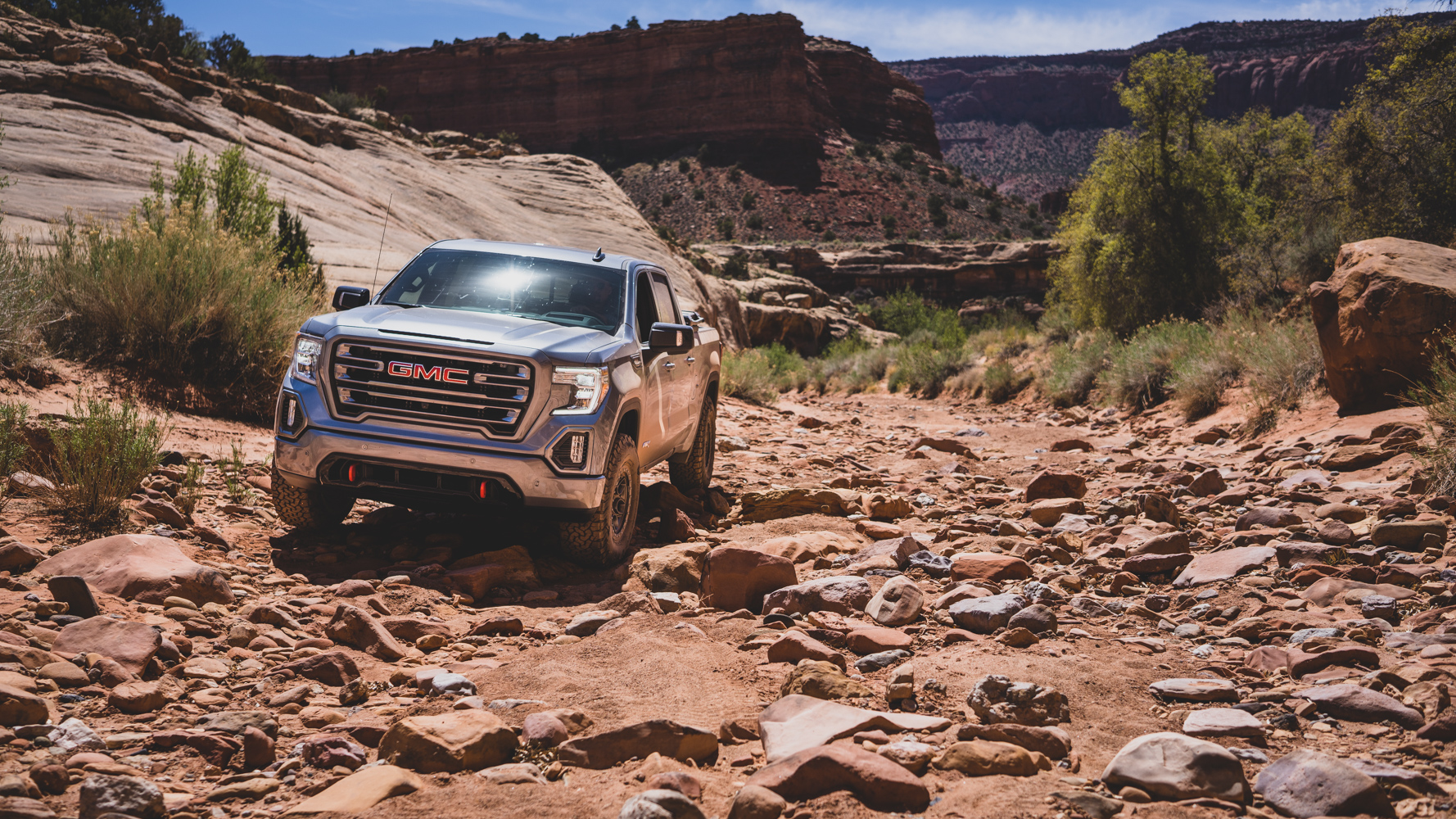
Conclusions
I have been driving this truck for a few months now and admittedly have become quite smitten by it. It is comfortable, competent, and surprisingly useful for everything from towing overland trailers to grabbing plywood at Home Depot. Having spent decades driving smaller overland platforms, it is a lesson learned to be open-minded to new solutions. Now, I am waiting for the Kenai to be built (late July delivery), and for it to function as my home and office away from Prescott for big loops throughout North America. The full-size revolution has most certainly arrived.
Editor’s Note: It is important to disclose that we received significant financial support from GM to purchase this GMC truck (as is typical with media projects).


